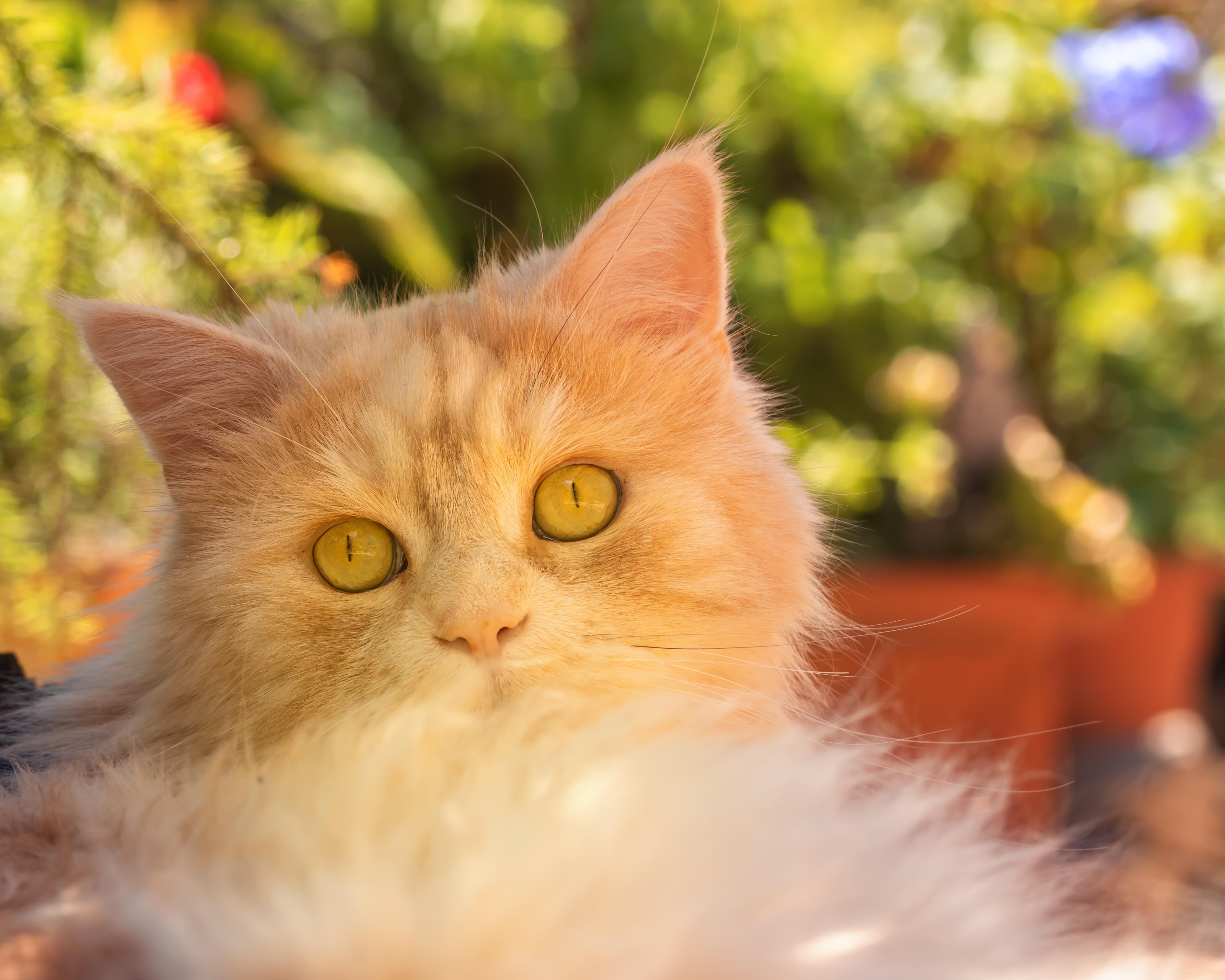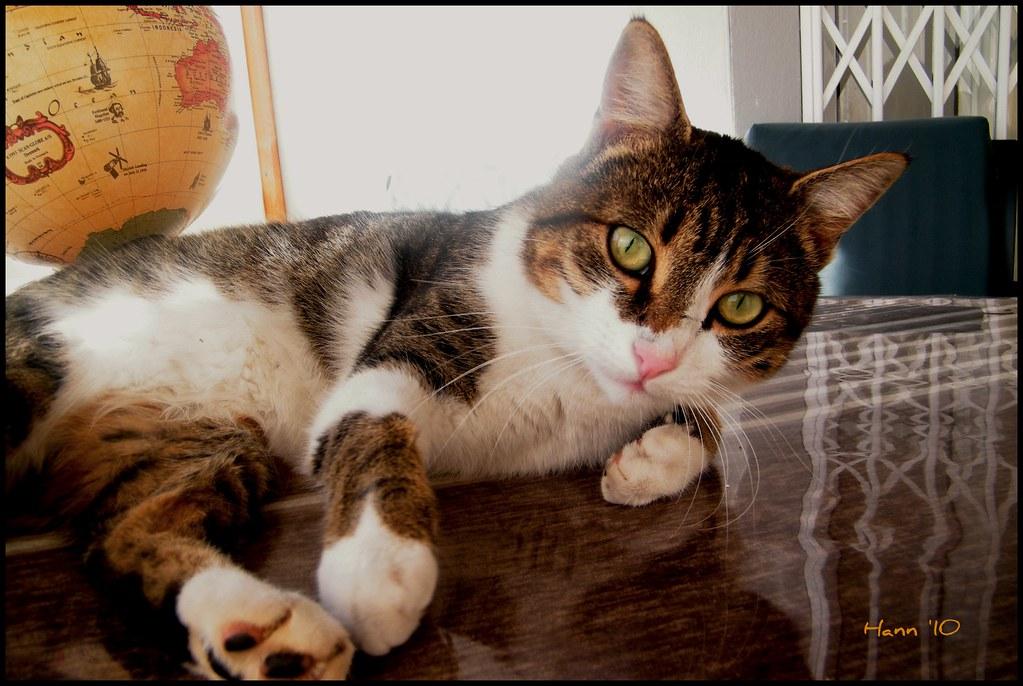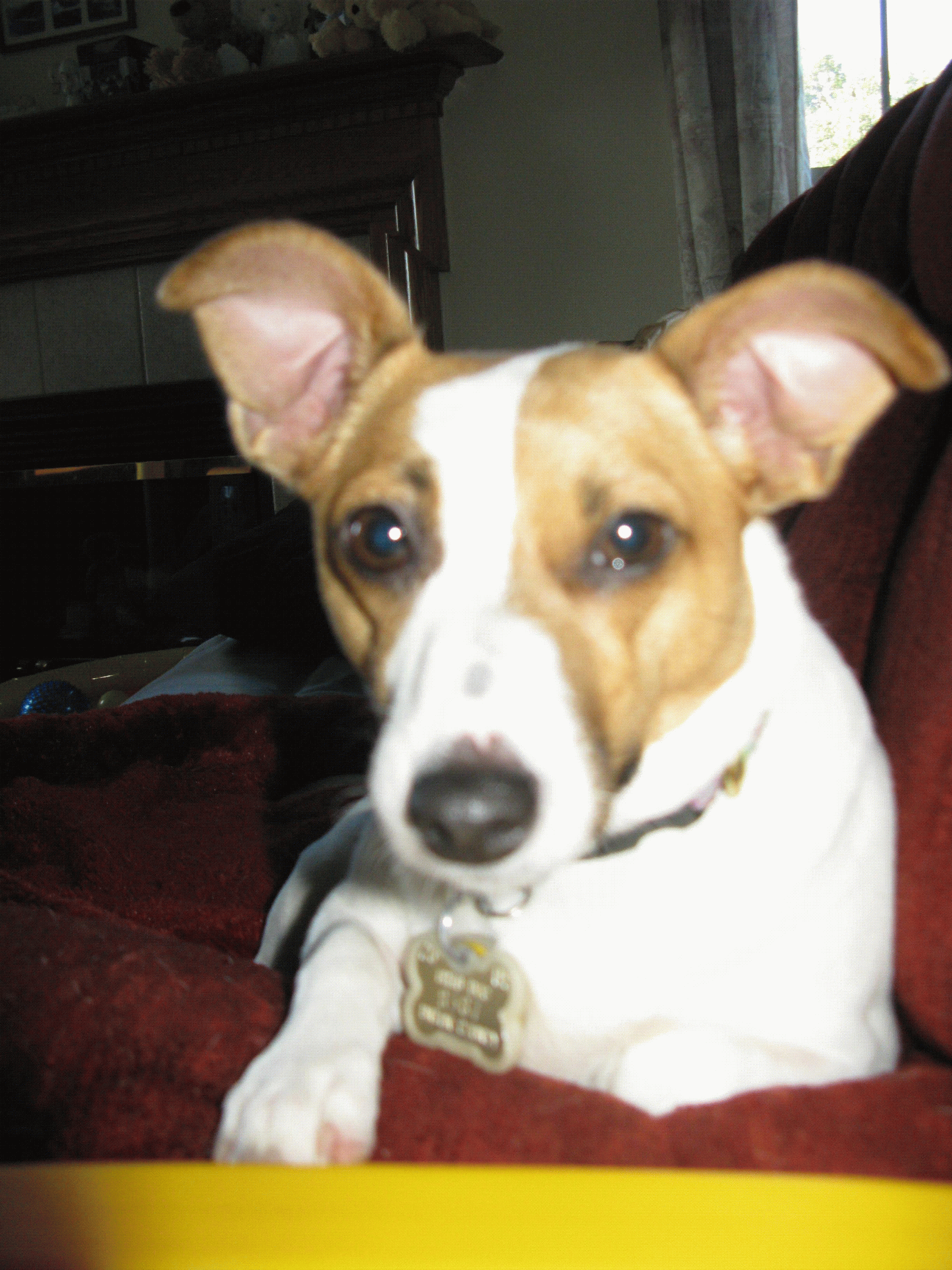The Psychology of Pet Anxiety and How to Alleviate It

In today’s fast-paced world, our pets often serve as steadfast companions, providing us with comfort and joy. However, just like humans, animals can experience anxiety, which can manifest in various ways, from incessant barking to destructive behavior. Understanding the psychology of pet anxiety is crucial for pet owners who wish to ensure their furry friends lead happy, stress-free lives. This article delves into the underlying causes of pet anxiety, exploring how factors such as environment, genetics, and past experiences can contribute to their distress. Moreover, we will provide practical strategies and tips to help alleviate anxiety in pets, fostering a harmonious relationship between you and your beloved animal companions. Whether you’re a seasoned pet owner or considering adopting a new friend, this guide aims to equip you with the knowledge to nurture a peaceful and supportive home environment for your pet.
Understanding the Roots of Pet Anxiety
Pet anxiety is often rooted in a variety of factors, and understanding these can be the first step towards helping your furry friend feel more at ease. Separation anxiety, for example, is common among cats-in-behavior/” title=”The Cognitive Differences Between Dogs and Cats in Behavior”>dogs and occurs when they become distressed in the absence of their owner. Similarly, environmental changes such as moving to a new home or introducing a new pet can trigger anxiety in both cats and dogs. Other contributing factors may include past traumatic experiences, a lack of socialization, or even certain medical conditions.
Identifying the cause of your pet’s anxiety can be challenging, but there are some common signs to look out for:
- Excessive barking or meowing
- Destructive behavior
- Frequent urination or defecation indoors
- Restlessness or pacing
- Withdrawal from social interactions
Understanding these roots not only helps in managing their anxiety but also in building a deeper bond with your pet. With patience and the right strategies, you can help your pet overcome their fears and lead a happier, more relaxed life.
Identifying Signs and Symptoms in Different Pets
Understanding how anxiety manifests in our furry companions is essential for providing the care they need. Each type of pet may display different signs, and knowing these can help in addressing their discomfort effectively. For instance, dogs often exhibit anxiety through behaviors such as excessive barking, pacing, or destructive chewing. Cats, on the other hand, might show their distress by hiding, over-grooming, or even refusing to use the litter box. Meanwhile, smaller pets like rabbits and guinea pigs may become unusually aggressive or exhibit a noticeable change in their eating habits.
Being attentive to these symptoms is the first step in alleviating pet anxiety. Here are some common signs to look out for across different pets:
- Dogs: Restlessness, whining, and unusual aggression.
- Cats: Litter box avoidance, excessive scratching, and increased vocalization.
- Rabbits: Thumping, biting, and reluctance to socialize.
- Birds: Feather plucking, screaming, and self-isolation.
Recognizing these behaviors early on allows for timely interventions, which can include environmental changes, behavioral training, or even consultation with a veterinarian for further guidance. By paying close attention to the unique ways each pet expresses anxiety, we can create a supportive and calming environment for them to thrive in.

Effective Techniques for Calming Anxious Pets
Understanding how to soothe an anxious pet is essential for any pet owner, and there are several effective strategies to consider. First, creating a calm environment is crucial. Ensure your pet has a designated safe space where they can retreat when feeling overwhelmed. This could be a cozy corner with their favorite bed or blanket. Reducing noise levels and maintaining a consistent routine can also help your pet feel more secure.
Additionally, incorporating interactive activities can be beneficial. Engaging your pet in play can redirect their energy and reduce anxiety. Consider using puzzle toys or playing fetch to keep them mentally stimulated. Regular exercise is equally important, as it helps to alleviate stress and promotes overall well-being. Lastly, never underestimate the power of positive reinforcement. Rewarding your pet with treats and affection when they display calm behavior can reinforce their sense of security and help them associate relaxation with positive outcomes.

Creating a Safe and Comforting Environment for Your Pet
Understanding your pet’s environment is crucial in mitigating anxiety. Pets, much like humans, are sensitive to their surroundings, and creating a space that is both safe and comforting can greatly reduce stress levels. Begin by ensuring that your pet has a designated area in your home that they can retreat to when feeling overwhelmed. This space should be equipped with their favorite toys, a cozy bed, and access to fresh water.
- Reduce loud noises: Keep the volume of TVs and music at a moderate level.
- Maintain a consistent routine: Pets thrive on predictability, so try to feed and walk them at the same times each day.
- Provide mental stimulation: Interactive toys and puzzles can distract from anxiety triggers.
- Consider pheromone diffusers: These can create a calming effect for some pets.
Additionally, incorporating elements that cater to your pet’s natural instincts can be beneficial. For instance, cats often feel more secure when they can perch at a height, so consider adding shelves or a cat tree. Dogs, on the other hand, may benefit from a crate that mimics a den-like environment. By thoughtfully crafting their environment, you can help alleviate your pet’s anxiety and promote a sense of peace and well-being.



